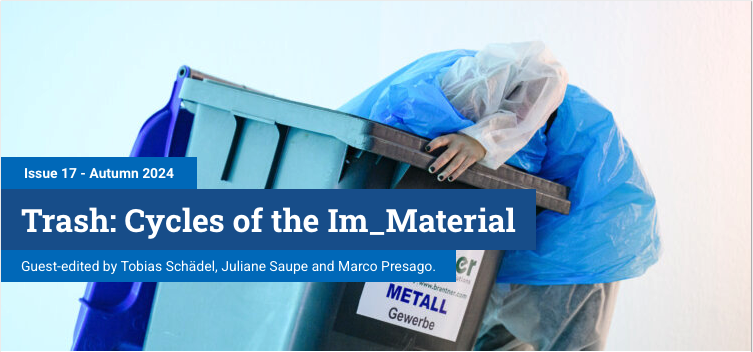The Domestic Reuse and Repurposing of Packaging
The Materiality of Sustainable Practices
DOI:
https://doi.org/10.22029/oc.2024.1445Keywords:
waste, packaging, reuse, repurpose, sustainable consumption, material cultureAbstract
This _Article concentrates on the domestic reuse and repurposing of packaging as a form of material life in Estonian households, and on the material and historical background of reuse and repurposing. The Estonian case reflects the country’s Soviet past, when reuse, repurpose and DIY mentality were an essential part of consumer culture. Reuse and repurposing are creative forms of human engagement with the materiality of packaging, that contribute to the process of becoming new things. Reuse follows the shape and useful functionalities of packaging, and repurposing, which alters the original shape through material transformations, follows the useful potential of the material and its physical properties. People have often thought of packaging not as object, but as potentially useful material, something that is evident in some traditional and vernacular reuse and repurposing methods in which materials and their physical properties have cultural value. From the New Materialist perspective, packaging is mutable material that supports some culturally persistent reuse and repurposing traditions.
Downloads
Published
Issue
Section
License
Copyright (c) 2024 Tenno Teidearu

This work is licensed under a Creative Commons Attribution 4.0 International License.




